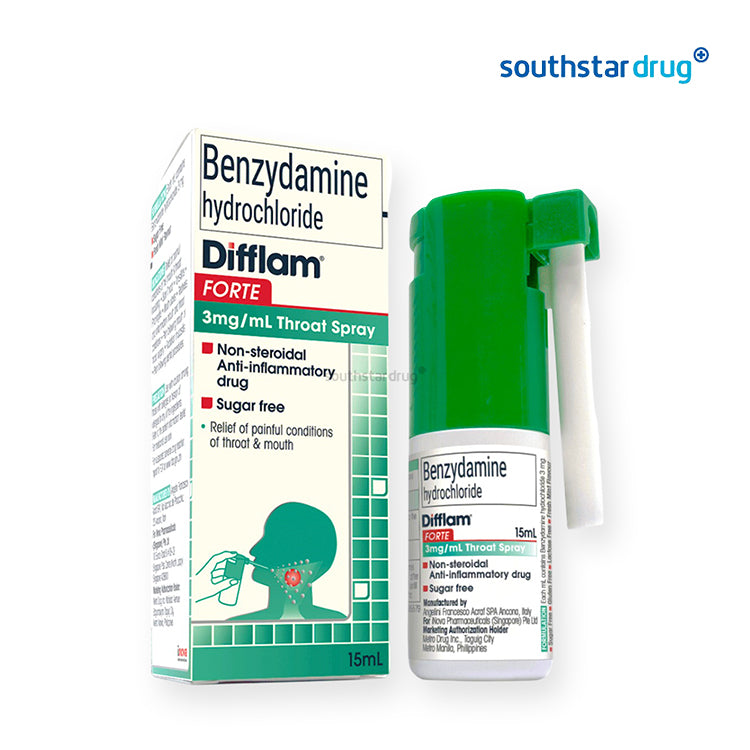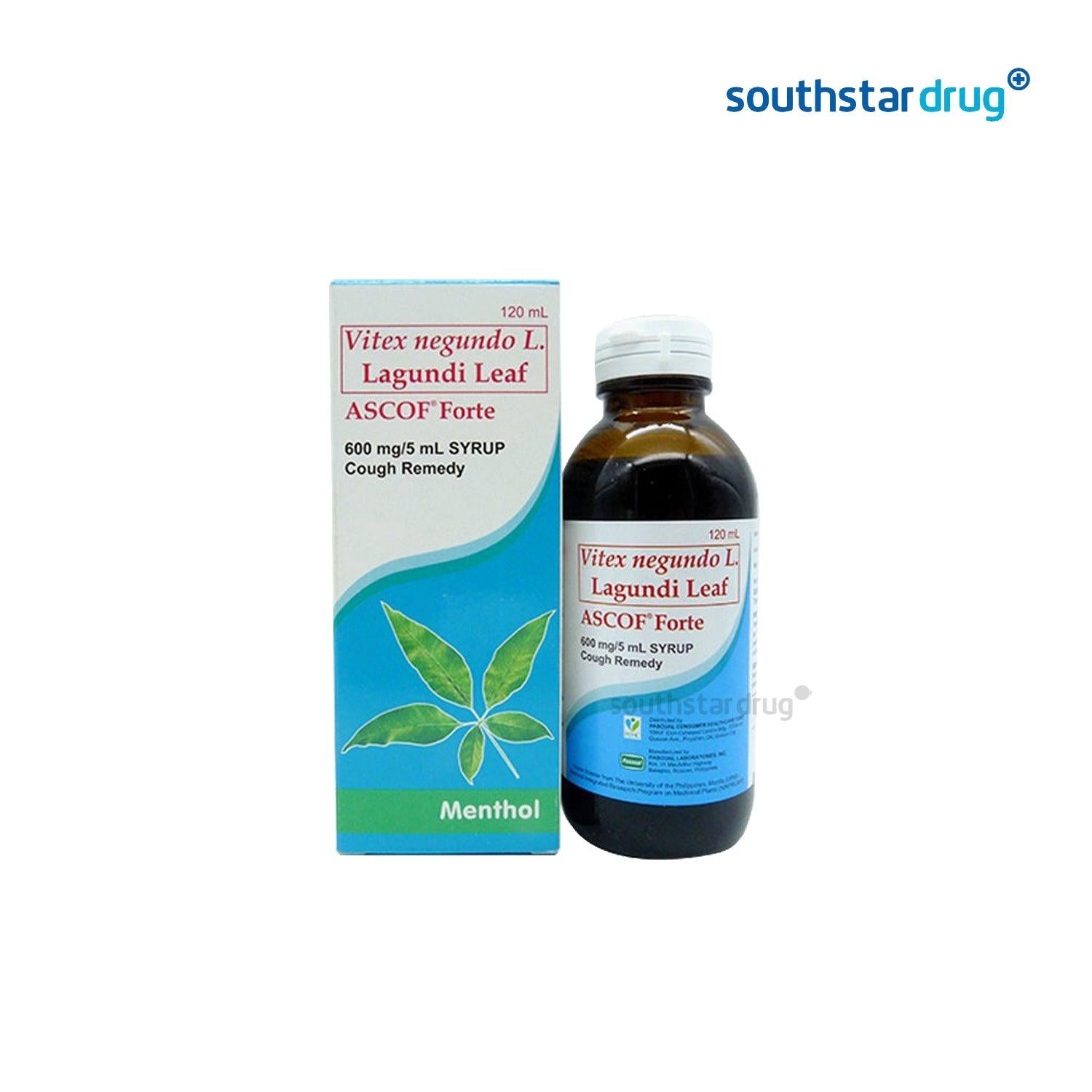Disclaimer: This article features medical and health topics for educational and informational purposes only. It is not intended to replace or serve as medical or professional advice for self-diagnosis, self-treatment, self-medication, or the like for any health-related condition or medical emergency. Make sure to consult a health care or medical professional for proper medical care, diagnosis, or treatment related to your situation.
Defining skincare and options for beginners
Confused? Clueless? Interested? What is skincare and where should we begin? The ongoing growing awareness and interest in that perfect skin look can be loosely attributed to the popularity of K-pop and beauty culture. There are also the influencers, celebrities and doctors who promote their own beauty brand or share their beauty and skincare advice online that capture the curiosity and attract viewers to explore what they can adapt for their own practice. With a lot of popular international and local beauty and skincare brands that promote themselves as the top choice in the market, the internet is saturated with beauty products, skincare video tutorials and blogs leaving us wondering what would really work.
How do we navigate through all these options and content? They all promote something different and show varying skincare routines - but what is really the best out there?
Fortunately, we have The Nerdy Derma, Dr. Erin Santos, a board-certified Dermatologist and Dermatopathologist to help us get over the confusion and guide us through the intimidating world of skincare.
In our interview with Dr. Erin, she starts with defining what skincare is. “[It] is usually thought of as something complicated - having multiple steps and products. However, skincare can be as simple as using a gentle cleanser, a light moisturizer, and a sunscreen. This type of routine can benefit skin of all ages ranging from kids up to those young-at-heart.” She further describes the role of each component.

- Cleansers remove dirt and sebum from the skin's surface which may otherwise cause problems like pimples or infection.
- Moisturizers smoothen, hydrate, and prevent water loss of the skin. Moisturized skin is soft, supple, and is able to reflect light well which gives a bright and healthy appearance.
- Sunscreens protect the skin from sunburn, aging, and even certain types of skin cancers. Dr. Erin shares, you can take note of the Sun Protection Factor (SPF) that measures the ability of a sunscreen to protect your skin from the damaging rays of the sun that produce ultraviolet light.

You can maintain a daily skin ritual that is not only effective but also feasible. Short and simple works. Basic skincare doesn’t have to be complicated nor expensive. It can be doable especially for people running with a busy schedule. Having these straightforward, no nonsense, easy steps are hassle-free and can be affordable depending on which brands you would use.
- Dry skin: tends to be dull and rough due to poor skin hydration
- Oily skin: presents sheen or shininess of the skin that can lead to a high likeliness of having for pimples due to the increased production of sebum
- Sensitive skin: pertains to an acne-prone skin that may easily feel unpleasant sensations like pain, stinging, and irritation even when non-irritating products are used
- Resistant skin: rarely develops rashes or breakouts and can tolerate irritants
- Pigmented skin: refers to the tendency to develop changes of color to the skin
- Non-pigmented skin: refers to the lack of pigment or color in the skin
- Tight skin: refers to having elastic and smooth skin
- Wrinkled skin: refers to saggy and loose skin often seen in the elderly or sun-damaged skin.
Understanding your skin type helps you become aware of what your skin needs. On top of the three essential components to a skin care routine, Dr. Erin points out that you can add an extra step to address additional skin concerns like breakouts, dark spots, dryness, aging and others.
Dr. Erin adds that for Filipinos, other common skin problems encountered include skin infections which may be bacterial, viral, or fungal in nature, allergic and irritant reactions to topical products, as well as skin conditions like atopic dermatitis which are observed with dry, red, and itchy patches of skin. These skin problems can be cured or treated by actives.
Knowing which actives to use
According to Dr. Erin active ingredients or "actives" are the ingredient/s in a product which work to address the skin concern meant to be treated by the product. She lists common skin issues addressed by actives included in skincare products available in the market.
- Acne-treatment: alpha-hydroxy acids (AHA), beta-hydroxy acids (BHA), retinoids, benzoyl peroxide.
- Moisturization: hyaluronic acid, glycerin, ceramides, fatty acids, fatty alcohols
- Brightening: niacinamide, licorice, arbutin, azelaic acid, kojic acid
- Sun protection: titanium dioxide, zinc oxide, octinoxate, oxybenzone, avobenzone, octocrylene
Now, you can identify the purpose of these ingredients when you see them in the products you buy.
- vegan skincare are products which are not obtained from animal sources
- cruelty-free means the final product (nor any of its ingredients) was not tested on animals
- clean beauty refers to skin products that do not contain certain ingredients which are allegedly harmful to humans
Despite these labels, it is important to note that not everything is effective and how it works may depend on how you use such products.
A little goes a long way
With these sorted out, you can focus on helping yourself stay grounded without the worries and reservations. A lot of steps and a lot of products are not necessary, you can do the basics first. Start your skincare journey with the essential three-steps routine. A cleanser, moisturizer, and sunscreen can help maintain the health and integrity of your skin. An additional product with the active to help you address your skin trouble may be necessary but there is no need to jump ahead onto skincare routines with 10 to 15 or more steps right away.
Be conscious of what influencers promote. There are some practices they do that are not advisable to follow. Dr.Erin remembers we commonly see influencers apply generous amounts of products on their cheeks while touching the dropper on their faces. There are two things she suggests you do instead: 1) Apply just the necessary amount and 2) Don't touch product droppers on the skin. She elaborates that:
“If you apply too much of a product with potentially irritating active ingredients like retinoids, vitamin C, or exfoliants, your skin can develop itching, dryness, and even irritation. In the case of moisturizers, you can also have too much of a good thing. Overapplication can lead to a feeling of "heaviness" or oiliness during the day and you may also end up looking shiny instead of dewy. No matter what product you use, try to start with a small amount first to check your skin's response then adjust accordingly. Lastly, make sure your hands are clean and dry whenever you get creams from a tub and try not to touch product droppers on the skin because this can contaminate the bottle which may then lead to a shorter shelf life.”
Determine what your skincare objectives are
Keep calm and understand your skin. As Dr. Erin asks “Do you want to treat occasional breakouts? Do you want to smoothen and hydrate dry skin? Do you want to fade dark spots or do you want to maintain healthy skin? Once you've listed your skin goal, look for a product which contains an active ingredient proven to treat your specific skin concern then begin with a simple routine. Keep in mind results are usually obtained in a few weeks to a few months so try to be patient and consistent with application. Lastly, if over-the-counter products don't seem to work, please consider consulting with a board-certified dermatologist - you may search for one at pds.org.ph - so she/he can help you reach your skincare goal safely and effectively.”
With a board-certified dermatologist you can be rest assured that the treatment you'll be receiving is safe and effective.












